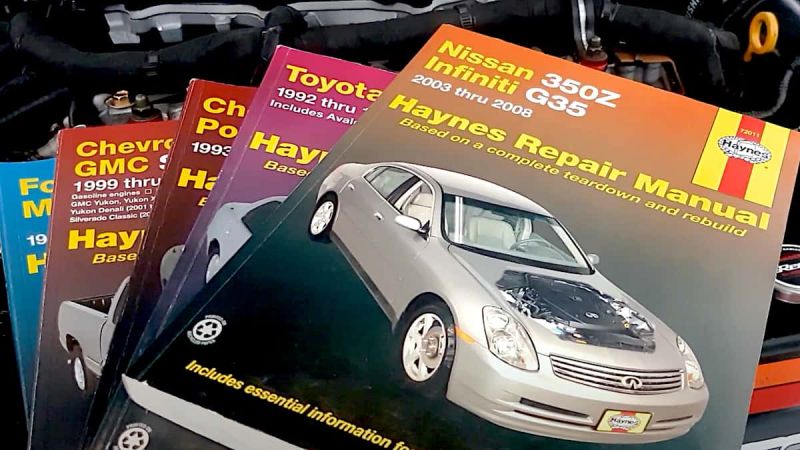Why 2nd Opinions are So Important
Earlier we’ve discussed some scams that happen too often all because the car owner failed to seek a second opinion and estimate before deciding on who will service or repair their car. While a second opinion will not guarantee absolute protection, it does increase the odds that you will have your car repaired correctly and not be overcharged.
In other words, at the very least, having two estimates in hand helps confirm what is wrong with your car and what needs to be done. If they don’t match, then something is wrong. And, it also gives you some reassurance that you are paying a fair market price for the parts and labor to be done, rather than be overcharged.
Don’t Rely Solely on 2nd Opinions Though
Although we have not talked about this before---but will in greater detail in a separate article---all car owners should at the very least possess a copy of a service and repair manual written for their make, model and year of their car. Haynes is a good example, although there are other sources as well. Most auto parts stores carry a selection of repair manuals near the checkout aisle.
Even if you do not have an interest in DIY auto-servicing and repair for your car, manuals of this type can be invaluable when looking at what an estimated repair entails in parts and labor, as well as provides a troubleshooting section that can help you understand whether the job recommended by a garage at least matches the problems you are experiencing with your vehicle. In addition, it can also help you identify and compare the parts replaced in your repair with the old parts to make sure everything is kosher.
Again, this will not guarantee against protecting you from a scam, but the more informed you are, the better, as this can assist you in posing a few pointed questions about an estimate to let a mechanic or service tech know that you are not an easy mark.
That said, here is an informative video from a mechanic who was consulted about repairs made by another mechanic, that did not rectify the car owner’s problems; and, his discovery that a Toyota dealership was actively scamming potential customers with scare tactics and bogus repair jobs. In addition, the video also offers a useful demonstration of one way to detect a leaking head gasket; and, some important points toward properly refilling coolant into an engine.
3 Mechanic Scams Caught on Camera
And finally…
For more used car articles related to the topic, be sure to check out the following linked articles “Car will not start? Here’s what to do with these easy DIY fixes" and, “Two service center scams that are easy to spot.”
COMING UP NEXT: How To Get Fired At Tesla!
Timothy Boyer is Torque News automotive reporter based in Cincinnati. Experienced with early car restorations, he regularly restores older vehicles with engine modifications for improved performance. Follow Tim on Twitter at @TimBoyerWrites for daily automotive-related news.













Comments
He does go on...
Permalink
He does go on...
I love how everything is "stupid" or "dumb", I remember using those words a lot when I was working on cars a loooong time ago too. There's nothing like the frustration of seeing something so seemingly simple done so poorly that you can't even find words to describe how aggravated you are that a customer got taken advantage of like that. I fixed so many ancillary things for free just because I felt bad for customers that really didn't know any better.